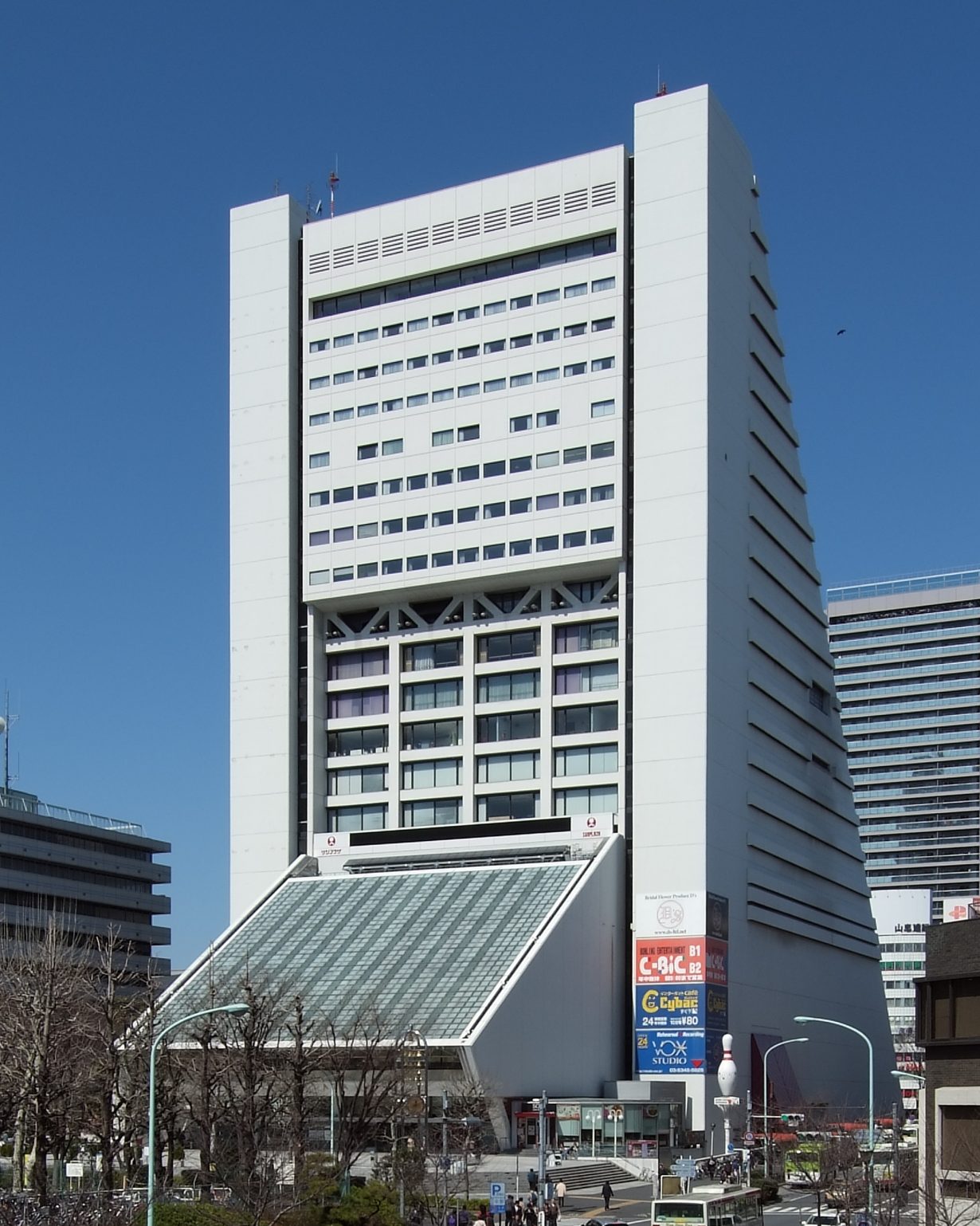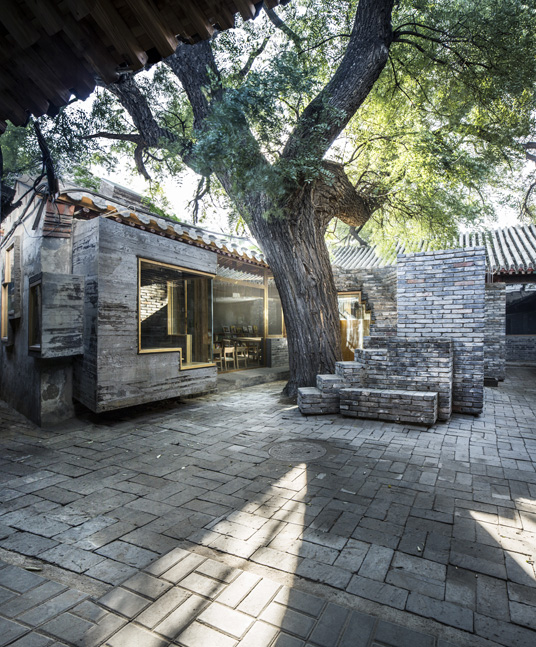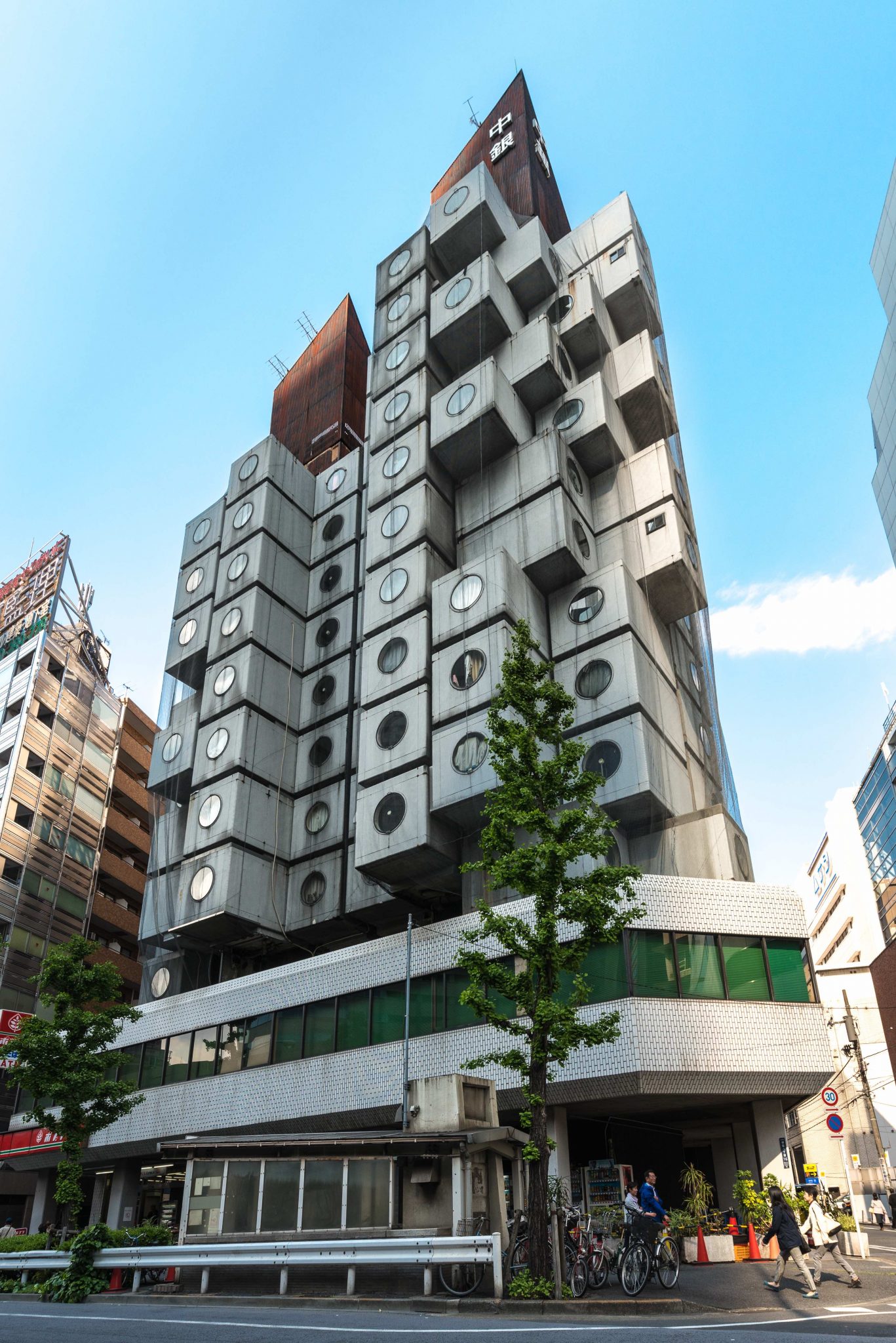The year in architecture: 2023 is a story of construction, demolition and their multiple impacts
In the list of things with the most drastic carbon impact, above even cars, aeroplanes and hamburgers, you’ll find buildings. This is both in terms of the amount of energy needed to build them, with steel and reinforced concrete especially carbon-intensive, but also in the amount of energy required to heat and cool them. Although the comparison is somewhat invidious – buildings are essential to human life in a way that motorcars, jumbo jets and American food are not – this fact has started to colour much discussion of architecture. Professional institutions whose members earn their living from designing new buildings have started to speak out against demolishing structurally sound buildings, on the basis of the ‘embodied carbon’ that is wasted in the process. In any case, looking at buildings in 2023 tended to involve looking at buildings lit and shadowed by some extremely strange weather.
The ‘embodied carbon’ argument against demolition is not necessarily limited to architecturally interesting buildings, but they can be flagship cases. The highlight of my own year was visiting Japan for the first time; accordingly, the most admirable pile of soon-to-be-wasted steel and concrete I saw in 2023 was a Tokyo building called Nakano Sun Plaza, designed by Nikken Sekkei and opened 50 years ago in 1973. It is one of the few surviving monuments of Japanese Metabolism, a mutant local cousin of Brutalist architecture which thrived for a few years in the 1960s and 70s.
The Metabolists imagined buildings and cities as changeable, adaptive organisms, with housing, leisure, education and work all accommodated within tree- or stem-like superstructures, usually of reinforced concrete, sometimes in metal capsules. The most famous Metabolist buildings – like Kisho Kurokawa’s Nakagin Capsule Tower in Tokyo and the Sony Tower in Osaka, or Kiyonori Kikutake’s Osaka Expo Tower and Tokyo Sofitel – have been demolished, some after barely two decades of existence. Nakano Sun Plaza, a combined hotel, office block and concert hall, closed in July 2023, a month after I saw it. Demolition is expected to begin by the end of the year. It is an astonishing work of architecture – raw, futuristic, physical, an immense three-dimensional diagram of controlled activity.

Japan is extreme even by the standards of most rich countries in its frequency of demolition, something owed to a combination of a tradition of temporary (wooden) architecture, strict earthquake regulations and a strong construction lobby linked to the state; but similar processes happen everywhere. One of the most impressive architecture books of 2023, Gary A. Boyd’s Architecture and the Face of Coal, deals with Britain, a country once described by Aneurin Bevan, with an eye to what he expected to be its main industries, as ‘an island made of coal, surrounded by fish’. Boyd’s subject matter is mainly the social architecture built for and by coal miners in the twentieth century, particularly a network of gleaming modernist bathhouses. Arguing that these were as important to Britain’s late and reluctant embrace of modern architecture as the London Underground stations of the time, Boyd records how nearly every one of these bathhouses was demolished after the defeat of the miners’ strike of 1984–85, with only two or three out of dozens remaining. The picture is of immense waste: of materials, of energy and of human hopes.
Japanese traditional wooden, dismountable architecture would appear to lend itself to green building. The hugely successful and prolific architect Kengo Kuma has shifted over the years from the commercial postmodernism that emerged after the failure of Metabolism into eco-architecture, apparently made up of wooden frames and sustainable materials. His recent work is everywhere in Tokyo, from the ‘woven basket’ of the SunnyHills cake shop to the staggered boxes of the Asakusa Tourist Information Centre, to the renewed Akagi Shrine. The latter rather reveals what is really going on – a lightweight timber temple which is paid for by a concrete underground car park and a built-in block of concrete luxury flats. The eco elements of the buildings are essentially a form of decoration for very conventional heavy engineering.
The Metabolists were great believers in the temporary nature of buildings, and attempted to plan for this in their structures, with cores that were intended to be permanent and individual parts that could be plugged in and removed. Now, instead of this imagined process of adaptation, their great concrete monuments are simply bulldozed into dust. But the idea makes a great deal more sense in wood, and one of the most memorable buildings I spent time in this year was a temporary structure for a festival, demolished in the autumn – the Julier Theatre, in the Alps above Silvaplana in Switzerland, by architect Giovanni Netzer. Housed in a five-storey tower, this red-painted, spiky, almost Gothic theatre was enigmatic and simple. Inside it was thrilling, with views in all directions and subtle patterns of light. It now exists only in the memory, but all of its wooden components are easily repurposed into other structures.

How to present these ideas on green architecture to the public? Exhibitions on how building cultures can and can’t deal with the climate crisis are now ubiquitous, and can tend towards woo and hand-waving. An intelligent exception was Islands, a group show at London’s Design Museum. Its highlight was Marianna Janowicz’s ‘1001 Drying Rooms’, a documentation of London’s vanished municipal laundries, a network of thousands that were abolished at a stroke in the mid-1970s. In their absence, clothes are dried inside, wasting energy and compounding the national issue of damp. Janowicz’s images of specialised drying spaces in rooftops, courtyards and in purpose-built structures resonated with me in the autumn on a brief trip to Beijing. I was staying in a traditional hutong district of one-storey brick houses south of Tiananmen Square. The area is mid-gentrification, but you could still see bedsheets and underwear hanging out in the communal spaces.
Inside one of these courtyards was the best recent building I saw in 2023, the Micro Yuan’er Children’s Library by architect Zhang Ke. This tiny construction squeezed facilities for local children into a tiny courtyard. An adult could walk from end to end in thirty seconds, but its network of steps and corners would be a fascinating labyrinth for a small child. It is ingenious, surprising and beautifully made. What is it made of? Concrete, of course.
Owen Hatherley is the author of various books, and in 2023 published Transitional Objects – Photographs of Poland (the modernist).
